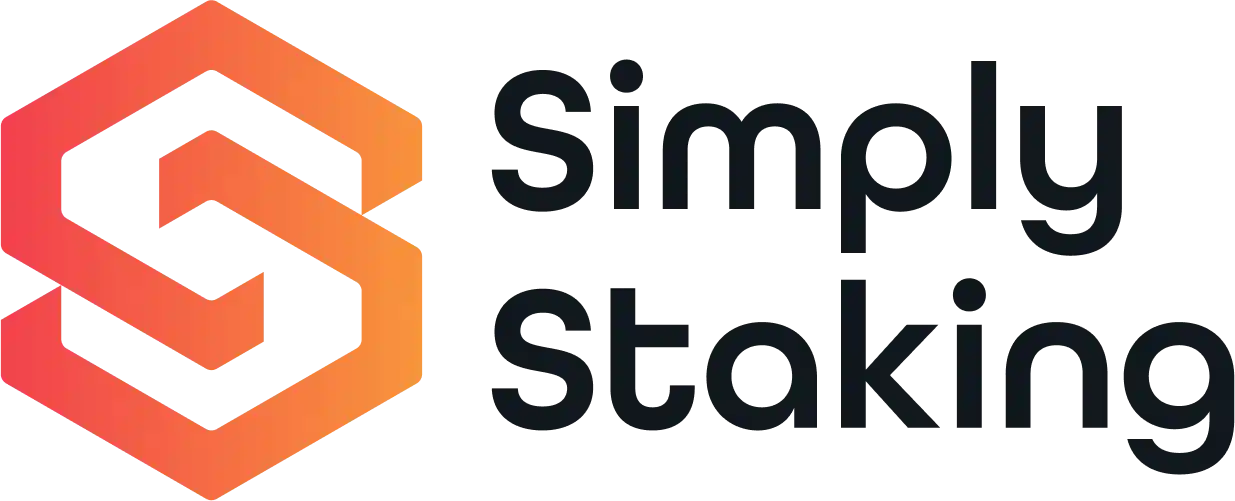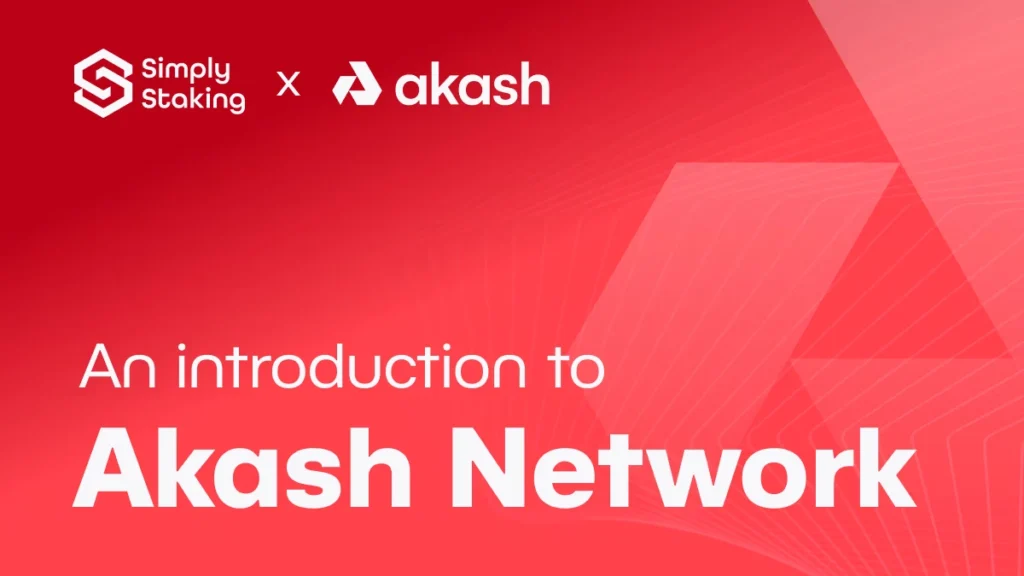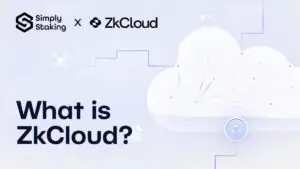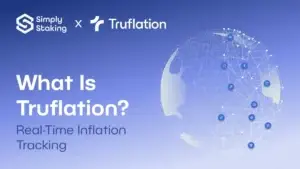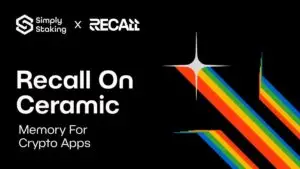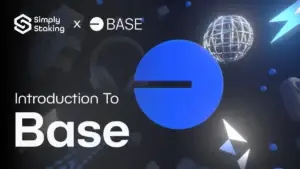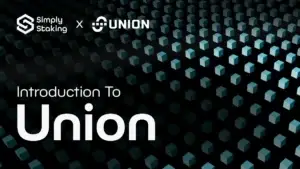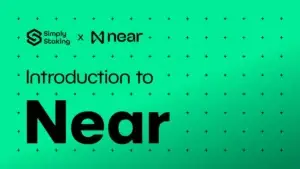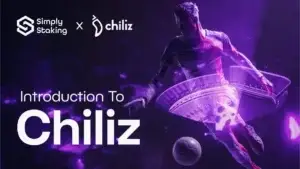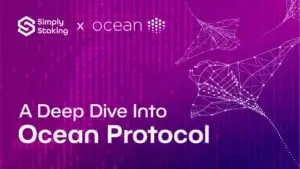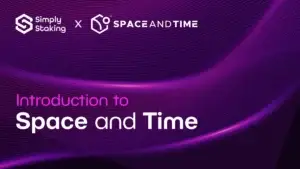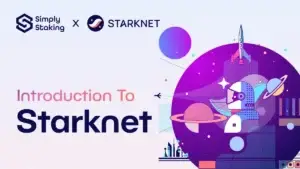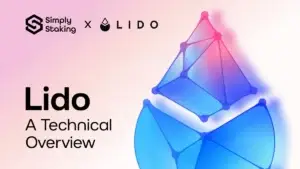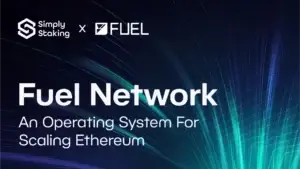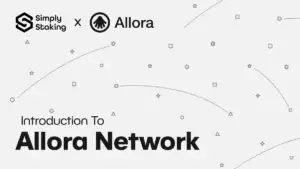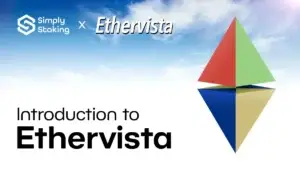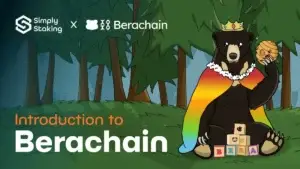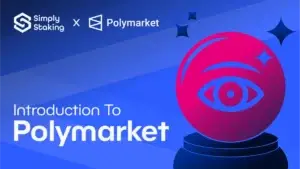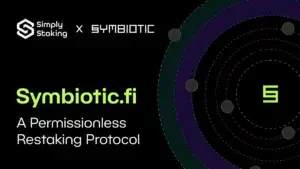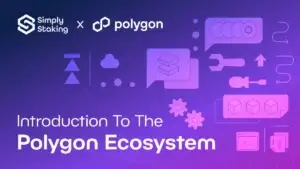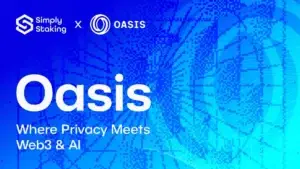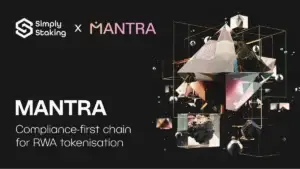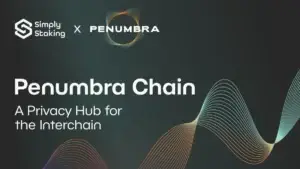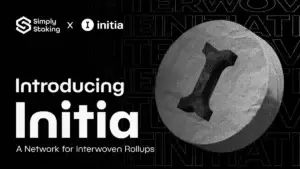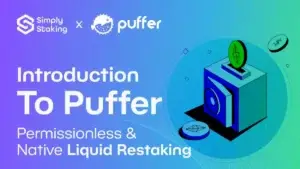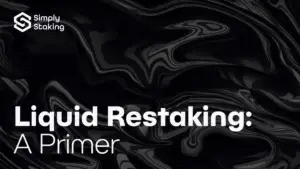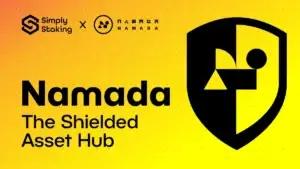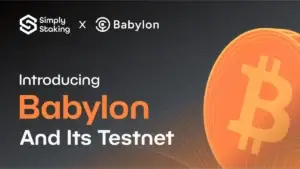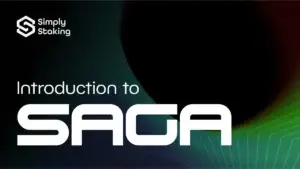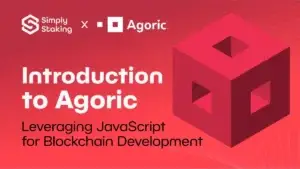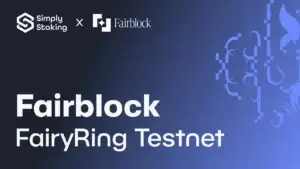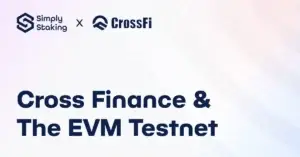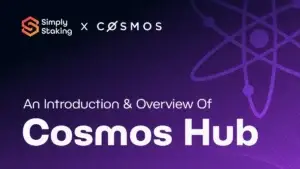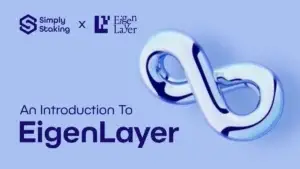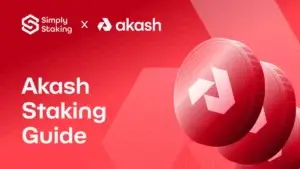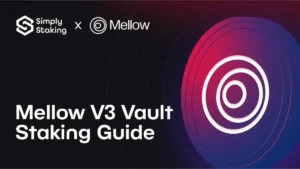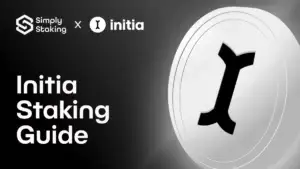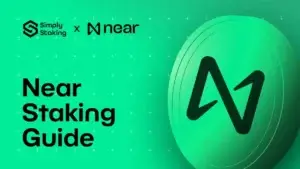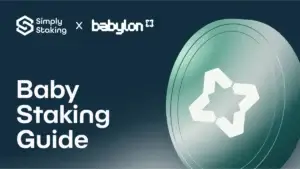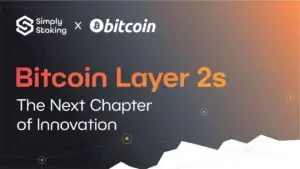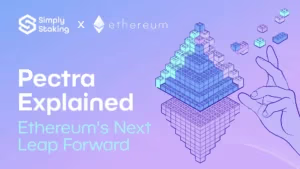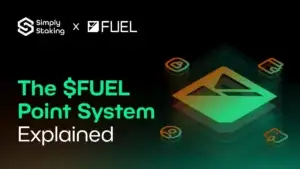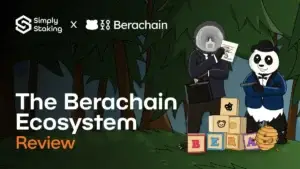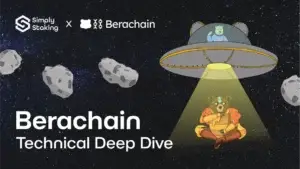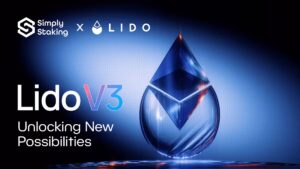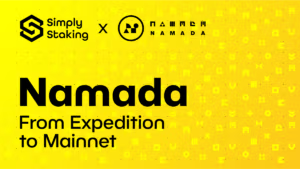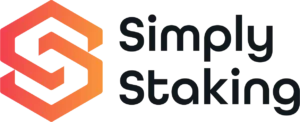Introduction To Akash Network
Akash Network is a decentralised cloud computing platform that is revolutionising the cloud computing industry by leveraging blockchain technology and its open-source approach to connect buyers and sellers of cloud computing resources. Through the Akash Marketplace, the network can securely and transparently connect those needing computing power with those with extra computing power which is more cost-effective than traditional cloud services such as AWS, Google and more.
Due to the open-sourced nature of innovation and its community-driven governance model, Akash is poised to continue to innovate and evolve within the DePIN and AI space.
What is Akash Network?
Akash Network often hailed as the ‘Airbnb of Cloud Compute’ is an evolution of how cloud services are owned, operated and accessed. Akash is one of the pioneers of ‘DePIN’ (Decentralised Physical Infrastructure Network).
This model aims to democratise access to cloud resources and ensure greater privacy, security, and freedom from the main monopolistic players currently prevalent in the cloud industry. The concept of DePIN and what it aims to achieve is one of the core concepts behind Akash as it pushes to align with its principles of an open internet.
Akash is an ‘app-chain’ built on top of the Cosmos stack giving it the flexibility and scalability features necessary to provide its distributed cloud computing marketplace offering. The network is at the forefront of the DePIN and AI narratives by offering a marketplace and satisfying the incredible demand for GPU resources required for AI development such as large language models (LLMs) like ChatGPT.
By leveraging blockchain and its push for openness, the platform currently offers a compelling alternative for those looking to move away from centralised versions of cloud service providers (CSPs) all whilst being able to offer services for a fraction of the price.
The Beginnings of Akash
Work had already begun on Akash back in 2014 when Greg Osuri and Adam Bozanich started laying the foundations of the network. In 2015, Overclock Labs, which is the company that would go on to create the Akash Network and serve as a Core Contributor even today, was registered in Delaware.
Greg Osuri, the CEO of Akash, has his roots in cloud architecture and entrepreneurship which translated directly over to Akash as he saw the need to challenge the current system and monopoly we observe in the market at the moment.
Adam Bozanich who serves as the CTO of Akash, brings software engineering experience to the project. He served as the main person who solidified the technical foundations that Akash was built upon.
Several years of development and fundraising followed and in 2019, the prototype of Akash with Tendermint consensus was released with a Devnet. Following a series of Testnets and challenges, MAINNET 1 was successfully launched in September 2020.
Throughout the years to the present day, the Akash github has seen an ever-increasing amount of contributions which has paved the way for many major mainnet iterations to be released over the years.
Supercloud for AI
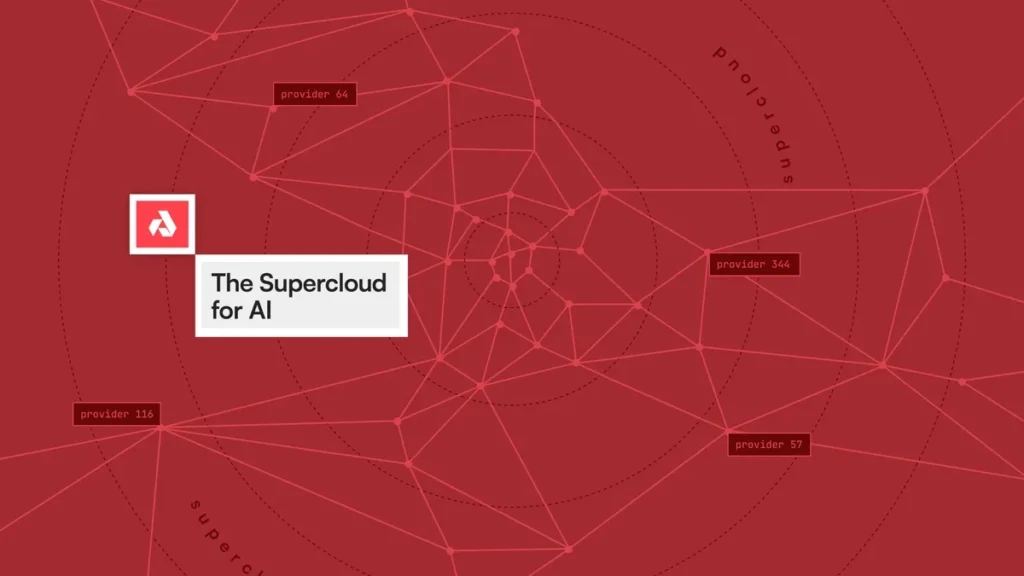
“Silicon is the story of the next decade — and the next big chapter for Akash.”
In August 2023, Mainnet upgrade 6 marked a massive moment for the Akash Network, building upon years of development. The upgrade introduced the first decentralised GPU marketplace.
The concept of the Supercloud enables permissionless access to computing resources from a diverse set of providers. This is a stark contrast to the existing structures where mainly large corporations can acquire high-performance hardware, leaving most individuals who require these resources with the challenge of accessing these resources. Most cloud providers tie users to a single provider and have restrictive terms of usage. The Akash Supercloud, on the other hand, does not interfere with terms and simply is a platform for users to interact with.
The GPU Marketplace is an open-source marketplace for high-end GPUs (mainly with NVIDIA support currently due to their popularity in AI and ML) intending to democratise access to computing resources which have been hard to come by on the current large cloud providers due to them prioritising their larger clients. The GPU Marketplace offering gives a fair playing field for anyone who wishes to search for resources.
Apart from hosting high-end hardware such as NVIDIA H100s and A100s, what sets Akash apart from its competitors is the ability to rent out or provide consumer-grade GPUs such as the RTX series. While these aren’t as powerful as the high-end hardware, they can provide another cost-effective choice in case your demands are not too high. It also enables more providers to access the bidding wars and earn some income on their under-utilised hardware.
Features of the Akash Supercloud
The Akash Supercloud is built upon years of development. Alongside the marketplace which is the core feature of the Supercloud, the network holds other important features that are beneficial for the users and providers of the platform.

Some key features that help Akash standout:
- IP Leases: This feature was introduced in November 2022 as part of Mainnet 4. This allows tenants to request publicly routable IP addresses for their services.
- Stack Definition Language: Users define the deployment services, datacenters, requirements, and pricing parameters, in a “manifest” file. SDL is a human-friendly data standard for declaring deployment attributes.
- Persistent Storage: allows deployment data to persist through the lifetime of a lease. The limitations are if the deployment is migrated to a different provider or if the deployment’s lease is closed.
- Permissionless: The platform is available to everyone to use with no restrictions.
- Cost Effective: Akash currently boasts cheaper rates than its centralised CSP counterparts.

The Akash Compute Marketplace
Akash Marketplace is an open-source, peer-to-peer cloud marketplace. It acts as a middle layer between Providers and Tenants operating with a similar model to Airbnb or Uber. This method boasts many benefits as opposed to traditional cloud-hosting platforms including the ability to efficiently distribute underutilised capacity making it more economical compared to other centralised alternatives out there. Another benefit stems from the permissionless structure which allows developers (tenants) fewer restrictions when it comes to deploying containers.
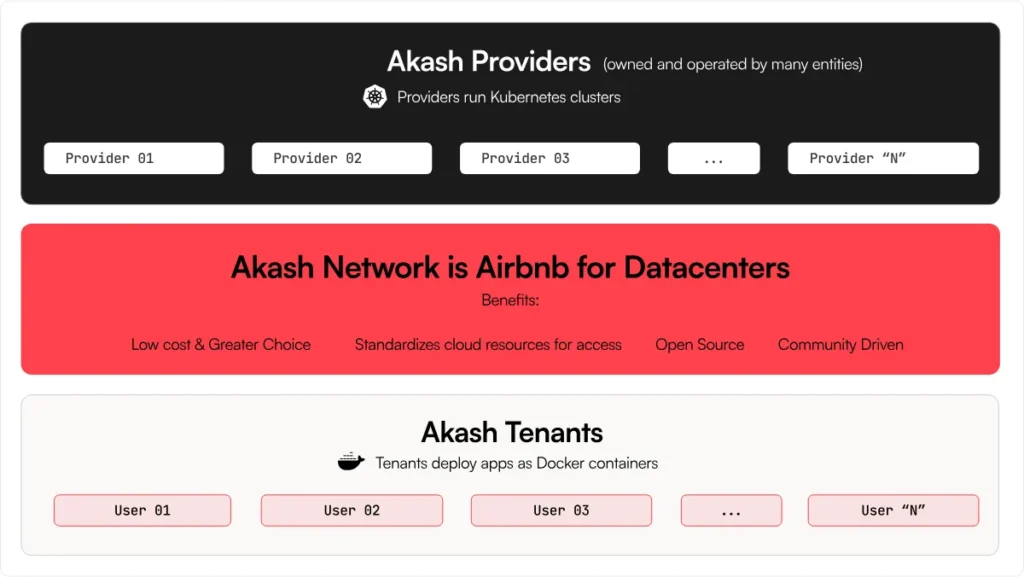
Akash Providers
Providers are the entities that run Kubernetes clusters that will be used by Akash Tenants. Providers, as the name suggests, provide the computing power that will help power the applications that are required by the Tenants.
Akash Tenants
The Tenants are the ones that deploy applications that require computing power. More often than not, Tenants are developers looking to deploy Docker containers on the cloud.
Reverse Auction
In this model, the Tenants set the prices and terms of their deployments. It is then up to the Cloud providers to bid on these deployments to secure the request and earn from their resources.
- A tenant creates orders.
- Providers bid on orders.
- Tenants choose winning bids and create leases.
How Does the Marketplace Work?
The specifications that are required by the Tenant are created in what are called ‘Containers’. These containers contain everything that is needed for a successful deployment of the application required. The creation of these containers starts on the Akash Console and requires a virtualisation tool such as Docker (Akash uses Docker).
When a Tenant wishes to lease out a container, they decide what computing units they desire, if they want a specific region, if they want privacy features, and more.
Once that is set, the Tenant will be taken to a page with a list of Providers and their bids for the Tenants lease. Once selected, a lease agreement will happen between the Tenant and the Provider.
The marketplace stores on-chain records of requests, bids, leases, and settlement payments using the Akash Token (AKT). After each successful lease, a portion (known as the Take Fee) is paid out to AKT stakers as an incentive.
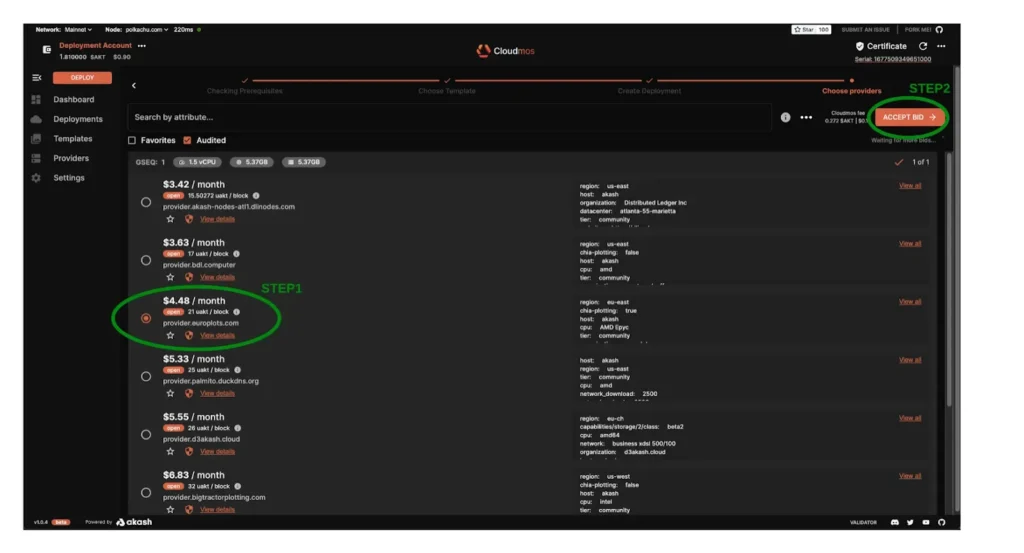
Big Upgrades in 2023
Apart from the massive Mainnet 6 upgrade that brought The GPU Marketplace online, the Akash Network has seen other large improvements to its network and ecosystem as a whole.
Akash Network introduced significant updates and initiatives that furthered its position in the decentralized cloud computing space. Key highlights include the completion of Mainnet upgrades 7, 8, and 9.
Mainnet 7 allowed for massively increased deployment sizes, enabling the network to handle resource-intensive workloads, such as AI model training. Mainnet 8 focused on streamlining the process for developers to access GPUs, reducing the time and effort required to secure computing resources. Mainnet 9 introduced a minor change to enhance the validation of bids for multi-service deployments, ensuring a more efficient marketplace operation.
The AKT token
The Akash token (AKT) is used within the ecosystem for multiple functions including:
- Securing the Network: Holders of the AKT token are incentivised to provide security to the network in exchange for Inflationary rewards and Fees from Leases.
- Governance: By staking, AKT holders have a say in the future direction of the Akash Platform. The AKT tokens staked have the ultimate decision in any governance implementation.
- Transactions: The AKT token is the main token used for fees across the network therefore providing utility by allowing the Akash Network to function properly.
AKT 2.0
There has been a need to address the initial tokenomics that Akash launched thanks to how the network has matured over the years.
Limitations of the first version of Akash economics:
- The Akash Network requires AKT to pay for hosting, and the price is determined by agreement between the provider and tenant when they begin the lease. This can be a problem if a workload like a website needs to run for a long time because AKT prices could differ significantly over its duration, leaving either the tenant or the provider paying too much or too little compared to what was initially agreed upon.
- Akash Network is in its infancy with early Product Market Fit where with a growing demand but not yet sufficient for providers to commit large amounts of computing.
- The community fund is too small to incentivize the growth of the Akash Network.
- The AKT token needs to accrue value beyond incentives to ensure the security of the network.
A new focus to create a sustainable system has been established and has been put in motion throughout 2023.
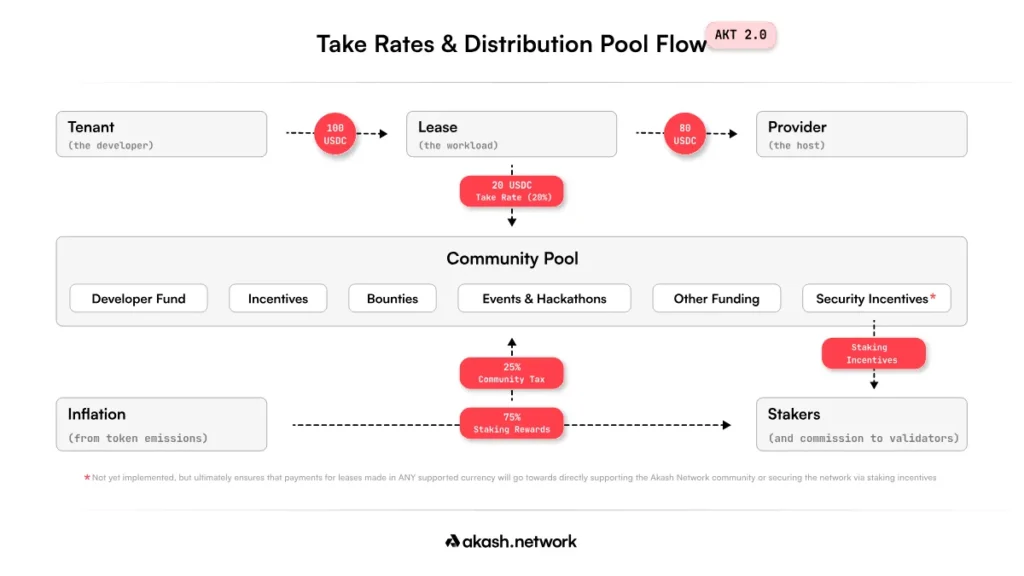
The two following items have been addressed already as part of AKT 2.0:
- Take and Make Fees
- Stable Payment and Settlement
Features that are still pending as of writing:
- Incentive Distribution Pool
- Provider Subsidies
- Public Goods Fund
We look forward to diving deeper into AKT 2.0 in a separate article!
Conclusion
By embracing its principles of creating a more open internet through decentralised technologies, Akash has created a robust ecosystem and harnessed new potential possibilities for those looking for easier access to computing resources, more freedom to do what you wish with those resources, and for driving down costs compared to traditional providers.
Encompassing this in an easy-to-use package through its simple UX offering, and pairing this with its continuous drive for improvements as evidenced by its ongoing shift towards achieving its AKT 2.0 Tokenomics overhaul, we believe that Akash can be at the forefront of reshaping cloud computing.
Being at the front of this comes with its own set of challenges such as facing stiff competition from already established players such as AWS, Google Cloud and so on who tend to have great relationships with institutional-based clientele. There is also the fact that to use the Decentralised Compute Marketplace, one needs to be somewhat familiar with Crypto and how to navigate that space which could be a blocker or deterrent for some users.

